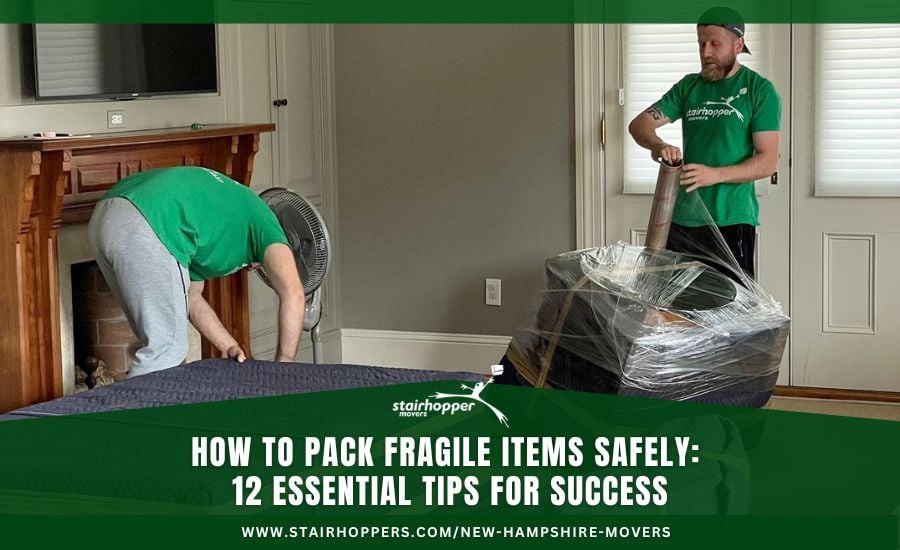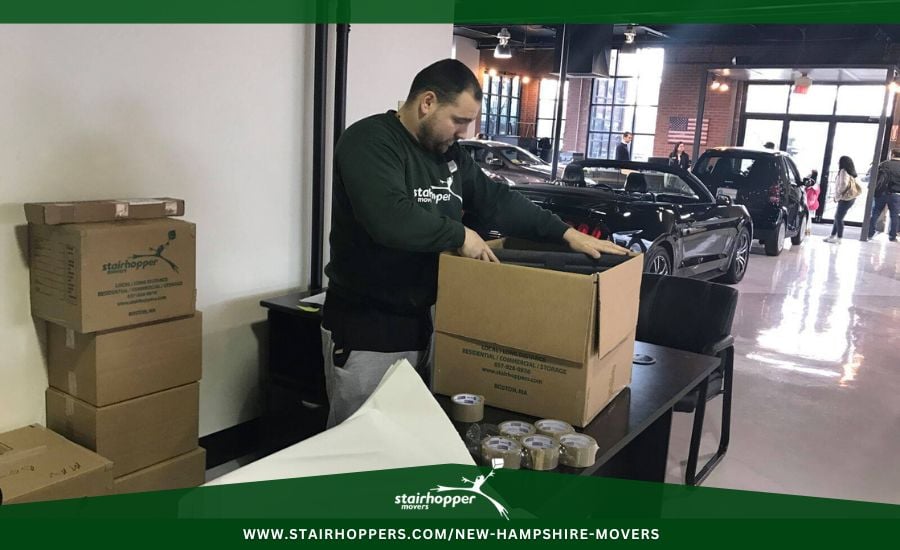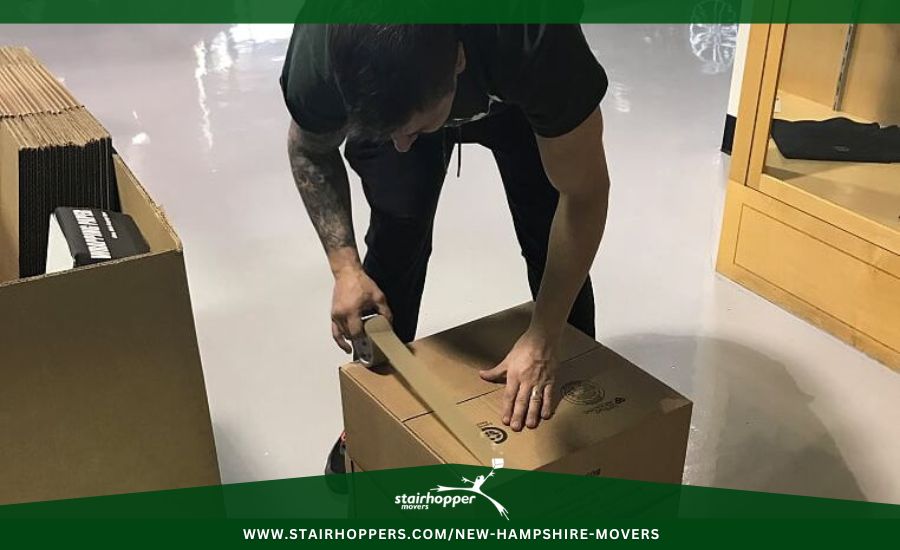How to Pack Fragile Items Safely: 12 Essential Tips for Success

Ensuring the safe transportation or storage of fragile items can be a daunting task. Fragile items, such as glassware, ceramics, electronics, and delicate artwork, require extra care and attention to prevent damage. By following the right packing techniques and using appropriate materials, you can significantly reduce the risk of breakage. In this comprehensive guide, we will provide you with 12 essential tips to pack fragile items safely. These tips will help protect your valuable possessions and give you peace of mind during the moving process or when storing delicate items.
Tips on How to Pack Fragile Items Safely
Packing fragile items can be a nerve-wracking task, especially when you’re moving or shipping delicate possessions. To ensure the safety of your fragile items during transit, it’s essential to pack them with care and attention to detail. Follow these tips to pack your fragile items safely and provide them with the protection they need:
1. Gather the Right Supplies
Before you begin packing your fragile items, it’s crucial to gather all the necessary supplies. Having the right materials on hand will make the packing process smoother and more efficient. Here are the essential supplies you’ll need:
- Sturdy Boxes: Select boxes that are strong and in good condition. Ensure they are the appropriate size for the item you’re packing.
- Packing Tape: Use high-quality packing tape to seal the boxes securely.
- Bubble Wrap: This is an excellent protective material that provides cushioning for fragile items.
- Packing Paper: Use plain packing paper or newsprint to wrap items and fill empty spaces.
- Foam Sheets: Foam sheets offer an additional layer of protection for delicate items.
- Markers: Have markers ready to label the boxes and indicate their fragile contents.
2. Choose the Right Box Size
Selecting the right box size is essential to ensure the proper protection of your fragile items. Boxes that are too small may not provide adequate cushioning, while boxes that are too large can lead to movement and potential damage. Here’s a general guideline for choosing the right box size:
- Select boxes that are slightly larger than the item you’re packing.
- Leave enough space around the item to allow for cushioning materials.
- Avoid overpacking the box, as this can lead to pressure on fragile items.
3. Reinforce the Box
To ensure the box remains sturdy and intact during transportation, it’s important to reinforce it properly. Reinforcing the box will prevent it from collapsing or breaking open under the weight of the fragile items. Here’s how you can reinforce the box:
- Use additional layers of packing tape on the bottom of the box to provide extra strength.
- Reinforce the seams and edges of the box with tape to prevent it from splitting open.
- Consider using corner protectors or edge guards to provide added stability and protection.
4. Wrap Fragile Items Individually
Properly wrapping each fragile item individually is crucial to prevent scratches, chips, or breakage during transit. Here’s how you can wrap fragile items safely:
- Start by placing a layer of packing paper or foam sheet on a flat surface.
- Gently wrap the fragile item with bubble wrap, ensuring it is fully covered.
- Secure the bubble wrap with tape or use rubber bands to hold it in place.
- For delicate items with protruding parts, such as handles or spouts, consider providing extra padding or wrapping them separately.
- Label any disassembled parts and keep them together with the main item.
5. Fill Empty Spaces
To minimize movement inside the box and prevent items from shifting, it’s essential to fill any empty spaces. This helps create a stable and secure environment for the fragile items. Consider the following tips:
- Use packing peanuts, crumpled packing paper, or foam inserts to fill the gaps inside the box.
- Ensure the items are snugly packed and cannot move around.
- Place additional cushioning materials on top of the wrapped fragile items to provide extra protection.
6. Use Dividers
For delicate items that are susceptible to scratching or breaking, using dividers within the box can provide an added layer of protection. Dividers help create individual compartments and prevent items from coming into direct contact with each other. Here’s how you can utilize dividers effectively:
- Use specially designed cardboard dividers or partitions to separate fragile items.
- Ensure the dividers fit snugly inside the box to prevent movement.
- Wrap each item individually before placing them in their designated compartments.
- For irregularly shaped items, consider using custom-made dividers or foam inserts for a secure fit.
7. Label Boxes as “Fragile”
Proper labeling is essential to communicate the fragile nature of the contents to movers, handlers, or anyone involved in the transportation process. Clearly marking the boxes as “Fragile” ensures they are handled with care. Follow these labeling tips:
- Use bold and visible markers to write “Fragile” on multiple sides of the box.
- Include any additional instructions or warnings, such as “Handle with Care” or “This Side Up.”
- Place the labels in prominent locations to ensure they are easily noticed.
8. Reinforce Corners and Edges
Corners and edges are particularly vulnerable to impacts during transit. By providing extra protection to these areas, you can safeguard your fragile items from potential damage. Consider the following steps:
- Place additional layers of bubble wrap or foam padding around the corners and edges of fragile items.
- Ensure the corners and edges are well-cushioned and protected from any potential shocks or collisions.
- Use corner protectors or edge guards for added reinforcement.
9. Pack Electronics Carefully
Electronics, such as computers, TVs, or stereo systems, require special care when packing due to their sensitive components. Here are some guidelines for packing electronics safely:
- Remove any detachable parts, such as cables, batteries, or ink cartridges.
- Pack these smaller components separately, ensuring they are well-protected and labeled.
- Use anti-static bubble wrap or foam to wrap the electronic devices, preventing static electricity damage.
- Place the wrapped electronics in a box with additional cushioning and label the box as “Fragile – Electronics.”
10. Securely Seal the Box
After packing your fragile items, it’s crucial to seal the box securely to prevent it from opening during transportation. Follow these sealing techniques:
- Use high-quality packing tape to seal the top of the box firmly.
- Reinforce the seams and edges with additional tape to provide extra strength.
- Shake the box gently to ensure it doesn’t rattle, indicating that the items are well-secured.
- Label the tape with your name, contact information, and destination address for easy identification.
11. Stack Boxes Strategically
When loading the moving truck or arranging boxes in a storage unit, it’s important to stack them strategically to prevent damage to fragile items. Consider the following tips:
- Place heavier and sturdier boxes at the bottom to provide a stable foundation.
- Avoid stacking heavy boxes on top of fragile ones to prevent crushing or breakage.
- Fill any remaining gaps with lighter items or additional cushioning materials.
- Leave clear pathways and avoid overloading the storage space.
12. Consider Professional Packing Services
If you have valuable or extremely fragile items, or if you’re unsure about packing them yourself, it’s wise to consider professional packing services. These experts have the experience and knowledge to handle delicate items with care and ensure their safe transport. Benefits of professional packing services include:
- Expertise in handling fragile and valuable items.
- Access to specialized packing materials and techniques.
- Insurance coverage for your items during the packing and transportation process.
- Peace of mind knowing that professionals are taking care of your fragile possessions.
Stairhopper Movers: Your Trusted Partner for Fragile Item Packing
When it comes to packing fragile items, trust is of the utmost importance. You need a reliable partner who understands the intricacies of handling delicate possessions and has the expertise to ensure their safe transport. That’s where Stairhopper Movers comes in.
With dedication and experience in the moving industry, Stairhopper Movers has earned a reputation as a trusted and reliable moving company. They specialize in packing fragile items with precision and care, using industry-leading techniques and high-quality materials. Their team of professional packers knows exactly how to pack fragile items, from glassware to valuable artwork.
FAQs
How can I protect fragile items during transportation or storage?
To protect fragile items, use appropriate packing materials, select sturdy boxes, reinforce them with extra tape, wrap items individually, fill empty spaces, and label boxes as “Fragile.”
What supplies do I need to pack fragile items safely?
You will need sturdy boxes, packing tape, bubble wrap, packing paper, foam sheets, and markers for labeling.
How do I choose the right box size for packing fragile items?
Choose boxes slightly larger than the item, leaving space for cushioning, and avoid overpacking.
What are some tips for wrapping fragile items individually?
Place packing paper or foam sheets on a flat surface, wrap items with bubble wrap, secure it with tape, and label disassembled parts.
How can I prevent damage to fragile items by filling empty spaces in the box?
Fill empty spaces with packing peanuts, crumpled paper, or foam inserts to prevent movement and provide extra protection.


